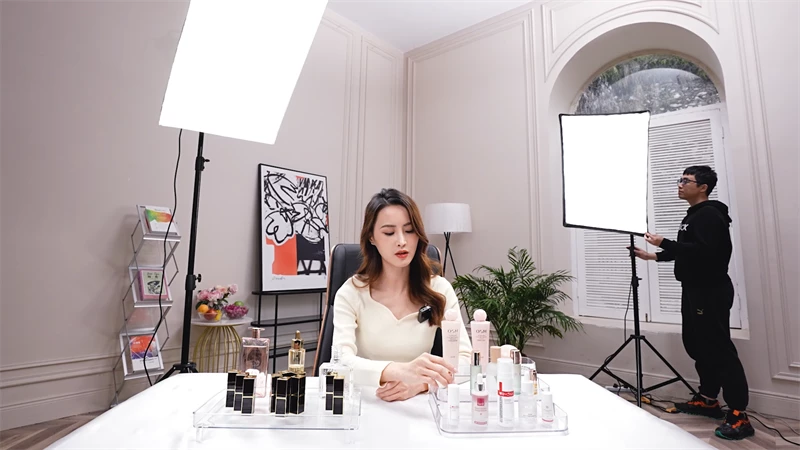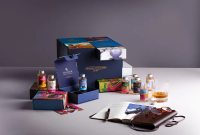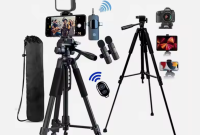In the fast-paced world of online purchasing, first impressions are essential. Your product photographs are typically what make someone click “Add to Cart” or keep scrolling. That’s why it’s not a luxury to have the right studio setup for e-commerce product photography; it’s a must.
This is how to set up a professional, conversion-ready photography studio that makes your things seem great, whether you’re a brand wanting to grow, a solo entrepreneur, or a content producer.
Why Setting Up a Studio is Important for E-commerce
People who shop online can’t touch, feel, or test on your things. Your photographs have to perform the work of selling.
A good studio setup makes sure:
Backgrounds and lights that are always the same
Images with a lot of detail and high-resolution
Professional presentation on all platforms
Content that works well on sites like Amazon, Shopify, and Etsy
The Most Important Parts of a Great Studio Setup
1. Lighting: Your Best Feature
The light can make or ruin your pictures. What you need is:
LED panels or softboxes provide light that is even and spread out
Light temperature that stays the same (around 5500K/daylight)
To get rid of strong shadows, use bounce cards or reflectors.
For small reflecting items like jewellery or skin care, think about using light tents.
Pro Tip: If you want to get the same results every time you photograph, don’t depend on natural light.
2. Backdrops: Keep It Clean (or Brand It)
Neutral backgrounds help people focus on the goods. You have these choices:
White seamless paper (the kind that most online stores like Amazon use)
Beige, grey, or pastel colours that are neutral for lifestyle brands
Branded colours or textures for content that fits with the brand (like marble for luxury and kraft paper for eco-friendly)
Many rental studios, including ours, have multiple backgrounds or built-in settings that you may alter easily.
3. Setting up the camera and lens
A DSLR or mirrorless camera with at least 24MP
A prime lens with a 50mm or 85mm focal length will give you a narrow depth of focus.
Macro lens for close-up product information
Tripod with adjustable height for stability
Smartphones can even be used to make social media posts if they have good lighting and are stable.
4. Props, tabletops, and styling tools
Clean tables or risers for products
Clamps, tapes, and acrylic stands to keep things in place
Props that help tell the tale (but never take away from it)
Lint rollers, wipes, and gloves to keep things clean
5. Live Preview and Tethered Shooting
You can do the following by connecting your camera to a laptop:
Look at shots as they are happening
Change the lighting or angles rapidly
Work along easily with clients or coworkers
Most professional studios have monitors, tether cables, and software like Capture One or Lightroom to help with this.
Bonus: Shoot for more than one use
Maximize your studio session by capturing the following:
White background shots for marketplaces
Lifestyle or in-context images for ads and social media
Close-ups and detail shots for product pages
360° or multi-angle shots to boost buyer confidence
Why Rent a Photography Studio?
While shooting at home might seem convenient, a well-equipped studio gives you:
Access to pro lighting, gear, and backdrops
A distraction-free, weather-proof space
Batch content creation potential in just a few hours
Brand-worthy quality without investing in expensive gear
Ready to Elevate Your Product Photography?
At M Studio, we offer customizable setups, multiple backdrops, premium lighting, and expert support — all designed to help creators and brands shoot high-converting product content with ease.
Book your studio session today and turn clicks into customers.




